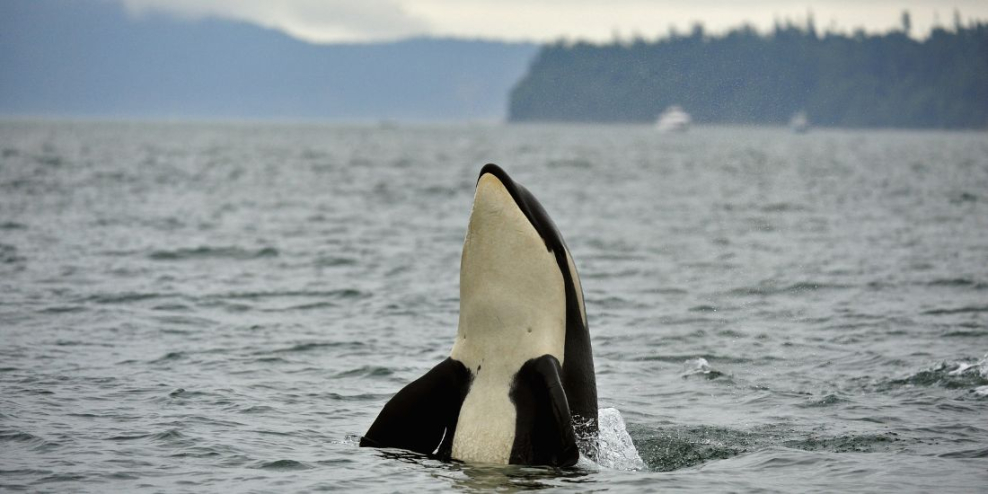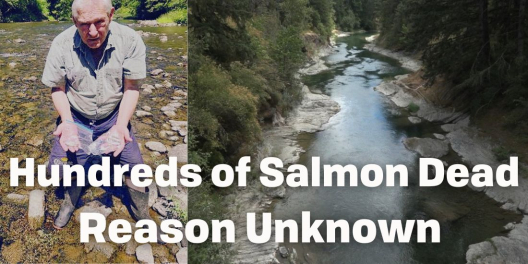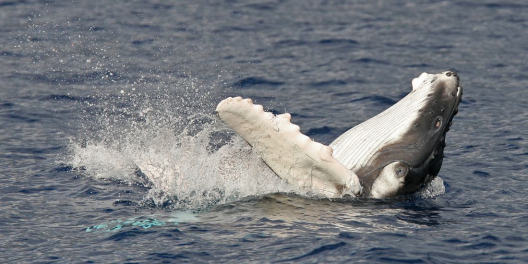If there’s one issue that gets swept under the rug (or down the drain), it’s how many harmful chemicals we use every day.
They are in everything.
4-nonylphenol is just one of many chemicals we are exposed to daily.
It’s used in everything from toilet paper to soap, detergents and textile processing. It’s considered a toxic substance in Canada.
Regardless, we keep using it. But not without consequences.
The chemical interferes with our endocrine systems; the glands control our hormones. This can cause early menstruation, low sperm counts, and fertility problems, just to name a few.
We’re far from the only mammals this chemical is affecting.
It’s the number one chemical UBC researchers have found in the bodies of endangered Orcas.
It accounted for 46% of the total identified chemicals a number that “shocked and saddened” Dr. Juan José Alava, co-author of the study.
But it was far from the only toxin they found in the tissues of twelve dead Orcas they’ve analyzed, Dr. Alava told the Canadian Press.
“Forever chemicals are the groups of contaminants that can cause immunotoxicity, making marine mammals like killer whales more susceptible to pathologies and emerging infectious diseases,” said Alava.
The chemicals are found in everything from food-packaging materials to stains, cookware and fire extinguishers.
One compound, known as 7:3 FTCA, was the most common of the forever pollutants found in the whales’ bodies.
Forever pollutants are commonly referred to as PFAS.
They’re known to cause cancer, among many other issues.
So how are these ending up in Orcas?
Through our sewer systems.
Everything we flush or wash down the drain eventually ends up in our oceans. Even high-tech water cleaning doesn’t break down forever chemicals.
Tissue samples from one pair of southern resident killer whales showed that these chemicals also end up in baby whales before they’re even sea-side.
“Their mother was being exposed to all these toxic plastic mixtures all the time.”
Perhaps this explains the low survival rate of killer whales’ first-born calves, said Alava.
Luckily, it’s an issue that could have an easy fix for all of us.
We must stop using so many toxic chemicals, both for the whale’s sake, and ours.
“We are also mammals. Breathe the air and eat the salmon as well. Prevention is better than cure.” said Dr. Alava.
He said it’s time to call for more “strict regulations and prevention actions” to limit chemical emissions into the oceans, and ourselves.
“We need to continue to monitor and enforce more regulatory efforts to conserve and keep the survival of our southern resident killer whales.”









